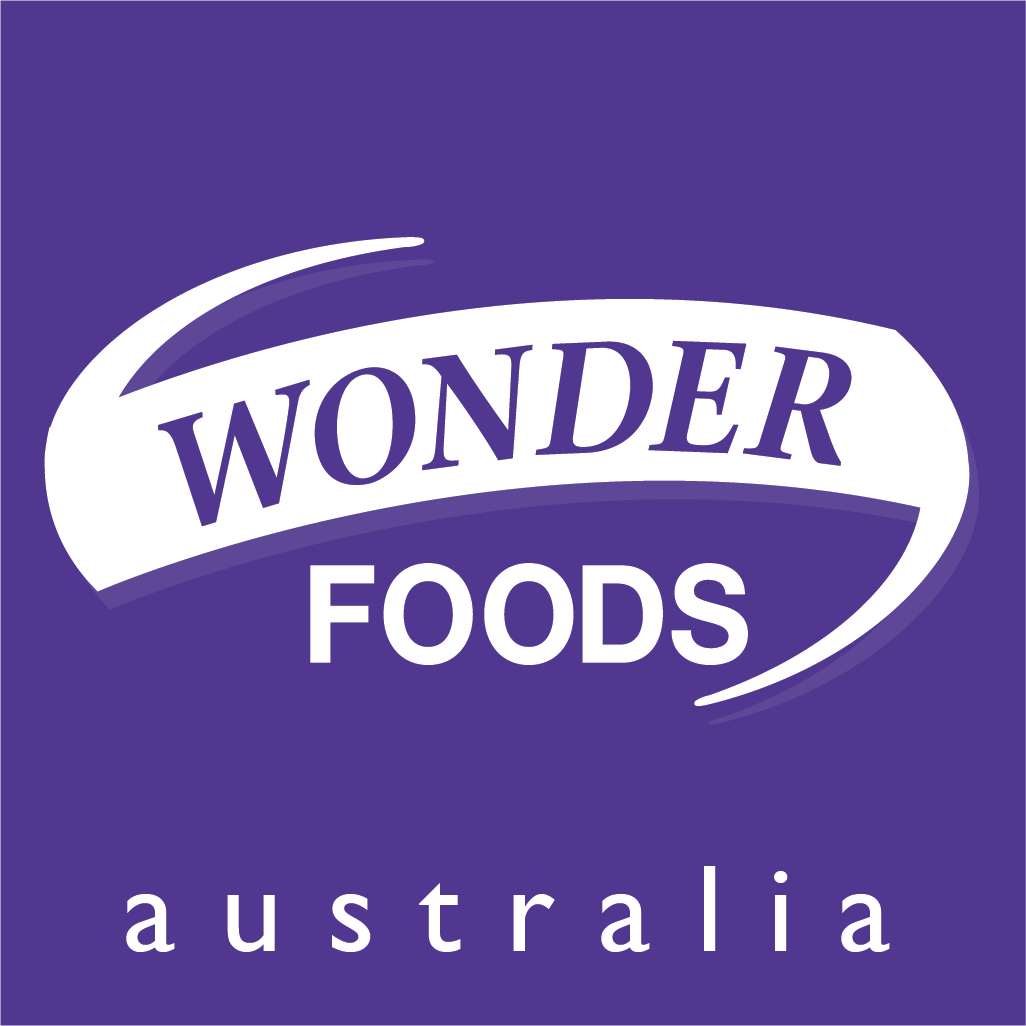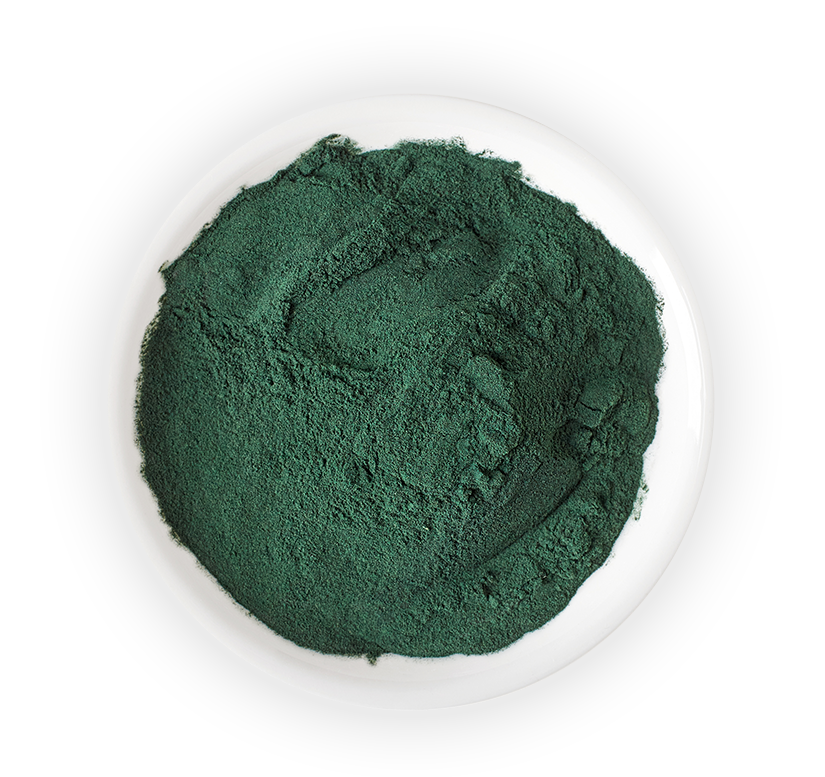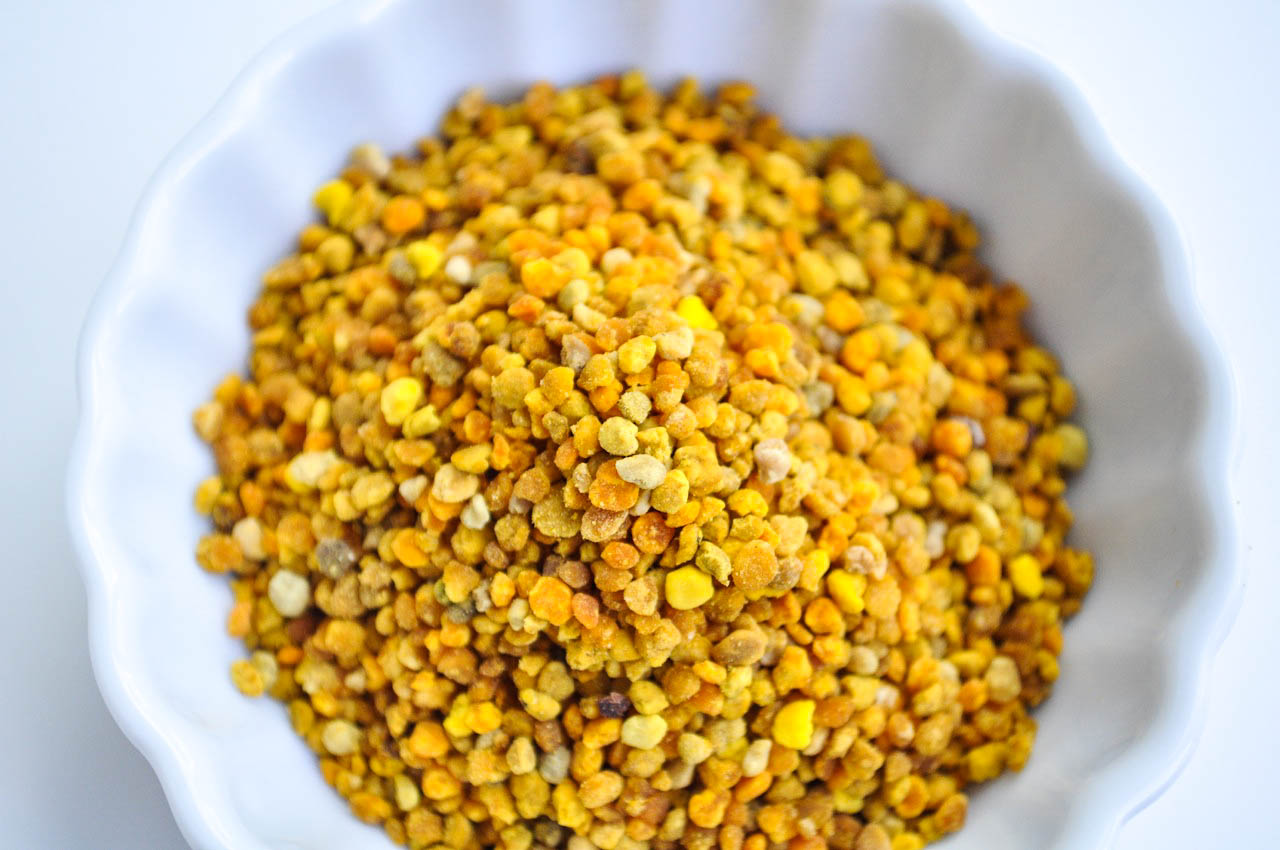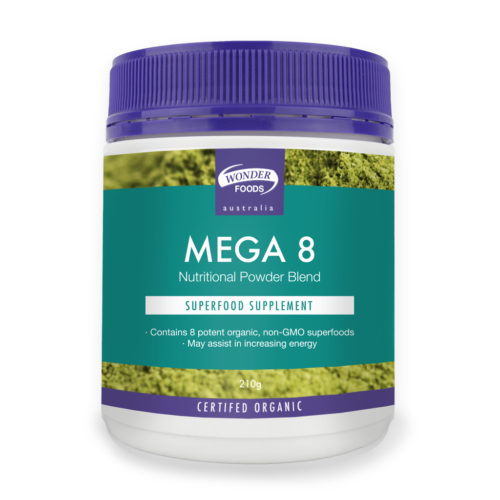One of nutrition’s biggest dilemmas relates to superfoods, and what it is about them that makes them so super? We’ve heard how they can supposedly fight disease and improve our health but what, if any, are the facts behind the claims? Are superfoods a load of hype or loaded with heaps of benefits? And how on earth do we gauge levels of ‘superness’? Anyone?…
As with any topic, there’s always more than one side to a story. In the instance of the super question, you have the food marketers, trying to sell their products; the health professionals treading a fine line between encouraging and educating patients and lastly, the scientists, seeing past the labels to get to the bottom of whether superfoods really do exist and, if they do, how to define them.
THE HISTORY OF SUPERFOODS
Surprisingly, the term ‘superfood’ has been around for nearly 100 years but it only took off in the 1990s, striking a chord with the public’s ever growing interest in the relationship between food and health. And, funnily enough, that’s probably around the same time that the confusion surrounding superfoods began. As marketers jumped onto the superfood bandwagon, consumers were led to believe that if it wore a superfood label it must be one.
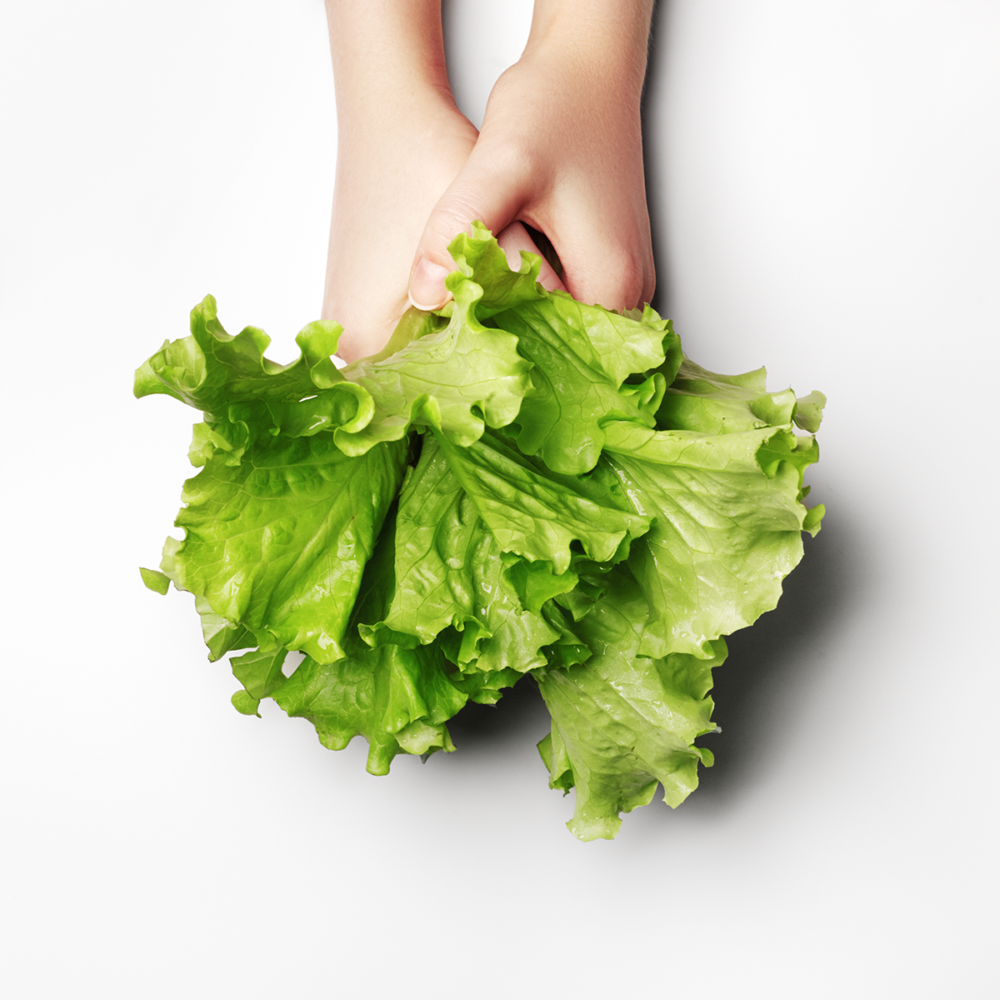
Traditionally, foods listed as superfoods are plant-based such as leafy green vegetables and fruits. However, fish, dairy, nutritional powders like Beet A Greens and bee pollen, wholegrains and nuts also feature.
Although the term superfood has been accused of being overused, in most incidences it is used on foods that genuinely do contain a high amount of nutritional goodness. The flipside to this is that consumers, seeing the superfood label, wrongly assume that they need to eat these, and only these foods. They often go a bit awry in the quantities department too.
Nutritionists also have concerns that the term superfood clouds our judgement. For example, as we pile the broccoli into the shopping cart, are we stopping to find out if it’s organic (avoiding ingesting pesticides)? Or, if it’s locally grown (thereby containing the most nutrients)?
Perhaps the biggest problem surrounding superfoods is that there isn’t set criteria for what makes a superfood a superfood. In what is the most helpful step towards establishing whether a superfood is worthy of appearing on a list, Dr Jennifer Di Noia of William Paterson University1 sought to establish a list of Powerhouse Fruits and Vegetables (PFVs). Her 2014 study investigated which PFVs were worthy of being on a list of reduced chronic disease risk foods.
All of the PFVs were grouped into their families of leafy greens, yellow/orange, citrus and cruciferous (cauliflower, broccoli etc) and measured for 17 nutrients, considered to be the most important to public health (as designated by Food and Agriculture Organisation of the United Nations and Institute of Medicine).
Interestingly, Dr Noia’s findings show that the superfood arena is not the enigma it was previously thought to be. The team’s findings allowed her to make a list of fruits and vegetables that contain significantly high levels of potassium, fibre, protein, calcium, iron, thiamine, riboflavin, niacin, folate, zinc and vitamins. They were also able to use these findings to create a definitive order to the ‘superness’ of the foods.
In truth, perhaps the key finding was that almost ALL (only 6 were removed from the study) fruits and vegetables examined had enough beneficial nutritional elements to feature as a PVF. It is Dr Noia’s hope that by creating this list consumers are able to ascertain how much, rather than if, a fruit or vegetable is beneficial to them.
Based on these findings, the cruciferous family came out on top with watercress, Chinese cabbage, chard, beet greens and spinach ranked as the top five vegetables with high nutrient density scores. The first fruit to appear on the list is lemon (unless you want to get into the great tomato fruit/veg debate) with other citrus fruits such as lemons, oranges, limes and grapefruit following close by.

Wherever and whenever you are considering adding superfoods to your diet, it makes sense to assume that if you are consuming a wide range of fruits and vegetables on a daily basis the chances are that you will be ingesting a wide selection of nutrients. If you are worried that your plant based consumption is lacking – say, for example, you have a deep-rooted passion for anything green, you can try to add the goodness of these PVFs via nutritional powders.
Beets A Green is labelled as a superfood because it contains a similar density and variety of essential vitamins that the William Paterson University were looking for in their PVFs list. Beets A Green contains green barley which is renowned for being rich in vitamins, proteins, beta carotene, enzymes, minerals and trace minerals, combined with the anti-oxidant rich spirulina and renowned herbs such as ginseng.
If we term superfoods as containing all the nutrients and essential components that our bodies need then bee pollen is certainly worthy of claiming a position. The pollen, collected from young bees, is considered to be as close to a complete food as you can get. It can be taken to balance out any deficiencies in your diet (such as not eating your greens). In many cultures bee pollen is used for extending longevity and aiding recovery from illness.
Reduced-fat dairy products also wear the superfoods hat, with many products, such as milk and yoghurt, containing a wide variety of minerals and vitamins that will make the grade on any future lists. If you are unable to consume dairy, because of intolerance or a dietary choice, you might like to try Wonder Whey. It has a heady mix of vitamins, minerals, medium chain triglycerides (a unique form of dietary fat), soluble fibre and electrolytes.
But bee pollen, whey and PVFs are not the only foods that have been deemed to be potentially ‘super.’ Wholegrains such as quinoa, amaranth and teff, which contain the entire grain seed, have countless health benefits including weight control, reduction in heart disease, stroke and lowering LDL cholesterol levels.
So, it seems a finding a fully-formed answer to how super are superfoods is currently unavailable. However, the findings by the William Paterson University are encouraging. If more studies can begin to at least define universal criteria for superfoods then we can look forward to more clarity. When we are in a position to compare the superness of a grain to a PFV or bee pollen to a bowl of teff, then we can determine which foods are truly a super.
1 Di Noia J. Defining Powerhouse Fruits and Vegetables: A Nutrient Density Approach. Prev Chronic Dis 2014;11:130390. DOI: http://dx.doi.org/10.5888/pcd11.130390 .
Michelle Hubbard is a UK-born writer living in (and loving) New Zealand. An experienced writer, Michelle has worked women’s monthly magazines such as Good Housekeeping and SHE and as a journalist for The London Evening Standard and New Woman’s websites. Additionally, she wrote her own parenting blog while living in the UK. Michelle qualified as a personal trainer in 2005. Although she no longer trains, she still participates in regular exercise such as CrossFit, Zumba, yoga and running.
